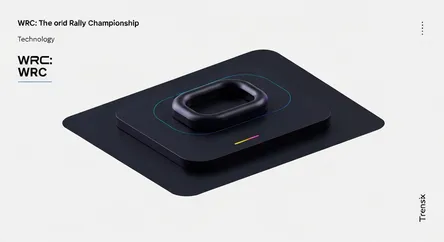Technology
WRC: The World Rally Championship

Discover the World Rally Championship (WRC), the peak of rallying motorsport. Learn about its high-tech cars, thrilling stages, and global impact.
What is it?
The FIA World Rally Championship (WRC) is the highest level of international rallying. Unlike circuit racing, WRC events see drivers and their co-drivers compete in point-to-point stages on real-world roads, from snowy Swedish forests to Kenyan gravel tracks. They race against the clock in highly modified, all-wheel-drive production cars. The co-driver reads detailed pace notes, guiding the driver through every corner and crest, making teamwork as crucial as raw speed.
Why is it trending?
WRC is experiencing a surge in popularity due to its recent technological evolution. The introduction of the Rally1 hybrid era has brought a new strategic dimension to the sport, with drivers using electric boosts for extra power. This shift towards sustainability aligns with the broader automotive industry's focus, attracting new manufacturers and fans. Enhanced digital broadcasting, dramatic docuseries, and intense competition between powerhouse teams like Toyota, Hyundai, and Ford have also significantly boosted its global viewership and appeal.
How does it affect people?
For motorsport fans, WRC offers one of the most exciting and accessible spectacles on earth. Beyond the thrill, the sport serves as a grueling testbed for automotive technology. Innovations in all-wheel drive, suspension, safety structures, and now hybrid powertrains are pioneered in rallying before often trickling down to consumer road cars. The technology tested on a rally stage directly influences the safety and performance features of vehicles people drive every day. WRC events also significantly boost tourism and local economies in their host regions.